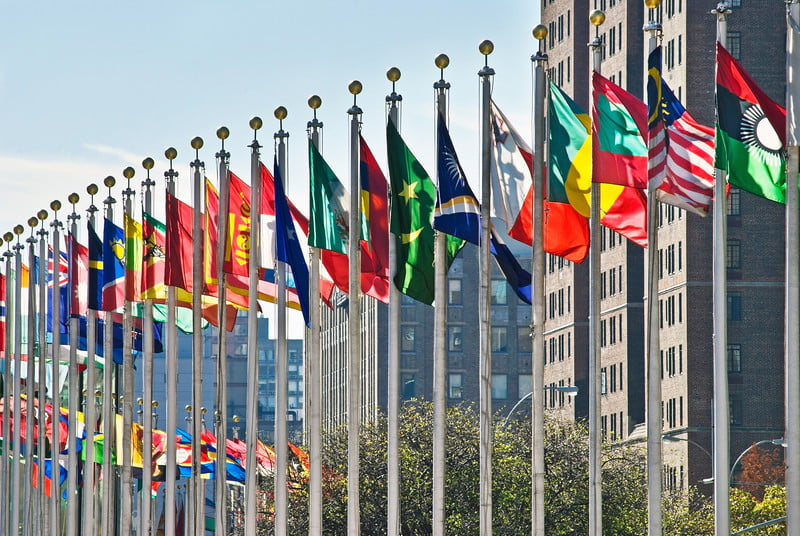Nordic countries may top the lists of happiest, most peaceful and cleanest countries in the world. But according to the UN, Japan and Singapore are actually the safest.
In the latest comprehensive report on homicide by the UN Office on Drugs and Crime (UNODC), both Japan and Singapore reported the lowest intentional homicide rate in the world: 0.2 homicide victims per 100,000 people in 2017 (the year of the most recent data in the report). They were followed by two Chinese autonomous regions – Hong Kong and Macao – and Luxembourg, all of which reported homicide rates of 0.3 per 100,000.
Meanwhile, on the other end of the index is El Salvador, where 61.8 people out of 100,000 died from violent crime in 2017. Jamaica didn’t fare much better with a rate of 57; neither did Venezuela (56.3 in 2016), Honduras (41.7) or Belize (37.9). (To explore the data further, visit this interactive UNODC resource.)
If regional differences are becoming apparent by now, that’s because they should. Asia, despite accounting for 60 percent of the global population, is the safest region, with a homicide rate of 2.3 victims per 100,000 population. The Americas, particularly Central America and South America, not only had the highest homicide rate (17.2), but also the highest number of victims. Globally, crime ended the lives of 464,000 people in 2017; more than 173,000 of them were in the Americas.
Young men in the Americas, especially, face a much higher risk of death from violent crimes than their peers in parts of the world. Homicides in the Americas also involve firearms much more often than in other regions.
The report also notes that male-to-male lethal violence – often between gang members – is usually what dominates in areas with high homicide rates (like the Americas). However, as overall violence goes down, male-to-male violence also goes down; leaving intimate partner and family-related homicides – usually male-to-female – a much more significant type of violence. In Japan, for example, with its lowest-in-the-world homicide rate, women make up the majority of homicide victims.
But positive lessons can and should also be drawn from the world’s safest countries.
Singapore’s low homicide rate, for example, has been largely attributed to progress toward many of Sustainable Development Goals that, at first glance, may not all appear directly linked to homicide. These include long-term investments in universal education and health care, policies aimed at reducing social segregation and inequality, good governance, strong rule of law and corruption control.
This connection might be why homicide rates, particularly by sex and age, are the first indicator the UN has pinpointed to measure progress toward Sustainable Development Goal (SDG) 16, which aims to build peace, justice and strong institutions. The first target under that goal is to “Significantly reduce all forms of violence and related death rates everywhere,” including homicides.
But as Singapore demonstrates, the interplay between homicidal violence and the SDGs isn’t limited to Goal 16. Poverty (Goal 1), for example, can increase the risk of violent crime, as individuals resort to violence for survival and as governments reduce their investment in law enforcement systems. But violent crime can also exacerbate poverty, driving down property values, slowing economic growth and undermining efforts to reduce poverty.
Likewise, while homicide and violence robs some children and young people of an education (SDG 4), a lack of high-quality education also pushes some young people into a life of delinquency – even organized crime – because of their lack of economic opportunities in the absence of a good education. The report also highlights similar nexuses between homicidal violence and health (SDG 3), gender equality (SDG 5), decent work and economic growth (SDG 8), reduced inequalities (SDG 10), sustainable cities and communities (SDG 11), climate action (SDG 13) and life on land (SDG 15).
These connections highlight the importance of working toward sustainable development on every front so that every country can become healthier, wealthier and safer.
